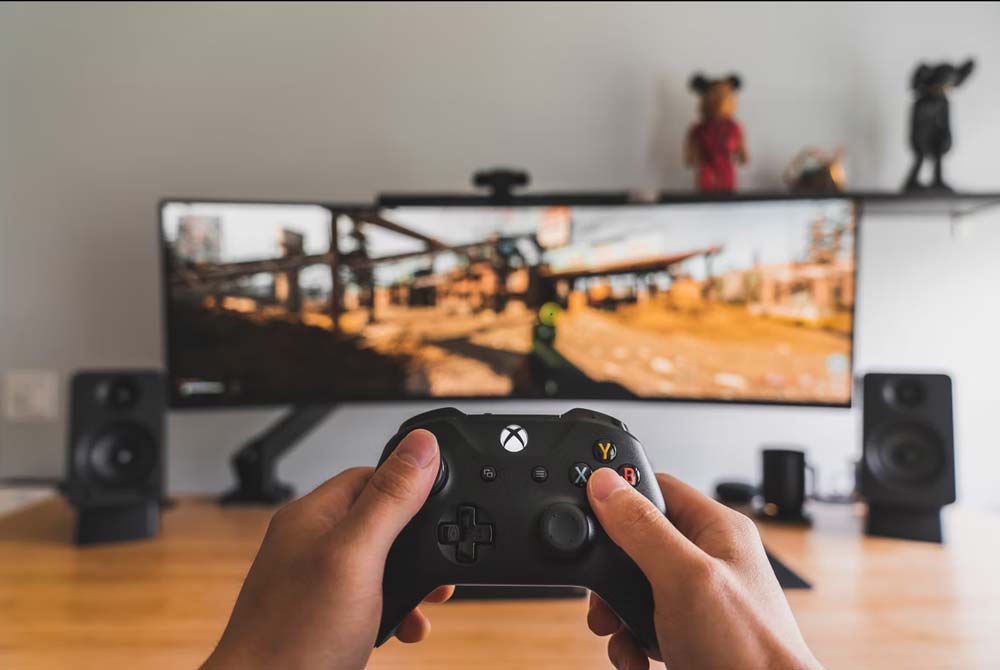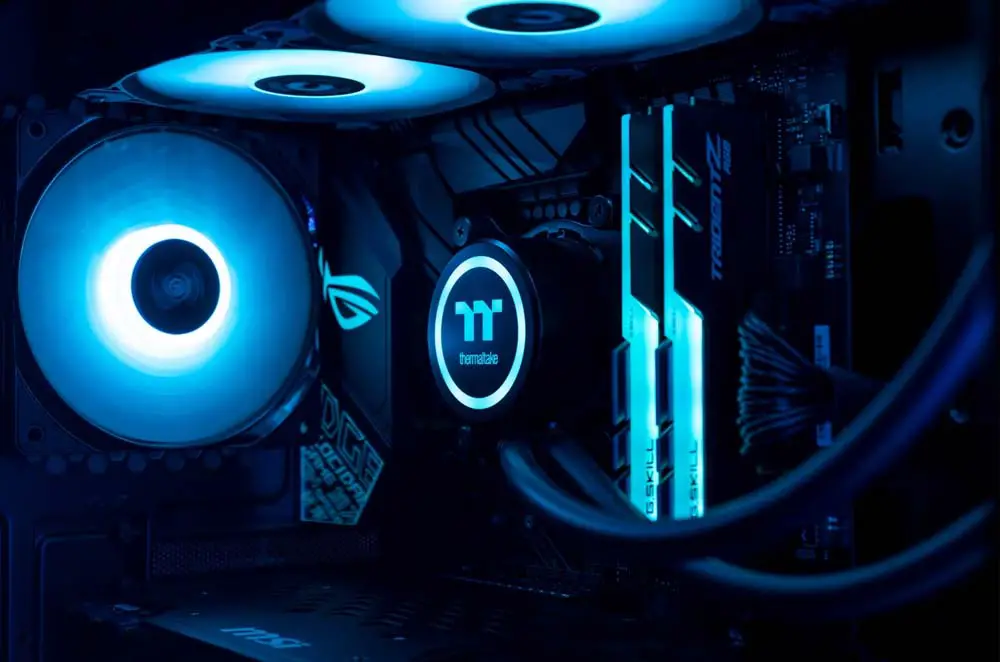Video gaming is the product of both technology and art coming together to create the most immersive and interactive form of storytelling ever conceived. This relationship between tech and art has always been there, with every new technological advancement, game designers and developers have found new ways to exploit it.
The earliest games were very basic in both their graphics and mechanics, but they were pushing the boundaries of what was possible at the time.
As hardware improved and creators had more to work with, they moved up from just using blocks, beeps, and basic colors like in Pong to games like Pac-Man and Mario. Then, over time, we’ve gradually seen the march of progression with some games now becoming so life-like that they can often be confused with the real world.
The relationship between technology and art will remain ever-present in gaming into the future too. But what changes can we expect to see?
Even More Realism
Just when you think video game realism can’t get any better, their creators somehow manage to take it to the next level. Increases in the processing power of both CPUs and GPUs as well as the fact that consoles and computers are now crammed with more and more memory have given developers more to work with. The result has been games with bigger maps, more-advanced mechanics, and graphics that look like they’ve been lifted from a movie.
The latest generation of consoles and PC graphics cards have taken this to a whole new level too. Using ray tracing, a graphics technology that draws individual beams of light to create more realistic shadows and lighting effects, they have been able to capture one key element of video games that has been missing from previous hardware.
But the realism won’t stop here. Graphics can still get better, but this won’t be the end of it.
Improved physics effects and even more resources will be able to make characters move and behave more naturally. Virtual reality can also play a big role here, placing the player inside the game rather than looking at it through a window.
More Choice
In the early days of gaming, choice was pretty limited. For every Pong, there were dozens of cheap knock-offs that were practically the same game. The same happened when Pac-Man became a smash hit; suddenly, every man and his dog were creating maze games, replacing the chomping yellow circle with whichever character they had conjured up or bought the IP for.
So while there might have been hundreds of games, many of them were copycat versions of existing ones.
Fast forward to today, and the gaming landscape has completely changed. Players have more choice than ever with many genuinely unique ideas like Papers, Please and Job Simulator.
Online casinos have also got in on the act by creating new and innovative variants of classic games like roulette. Instead of just one game, players usually have several options to choose from, including European and American rules and variants with different limits.
All of this increase in choice has come about as a result of technology giving developers more freedom to create new things. So with areas like VR and the metaverse still in their infancy, we’re likely to see even more creativity in this area.
No Need for Hardware
For decades, tech companies have invested billions in shrinking computer hardware. From the big beige boxes that once sat on our desks to the tiny pocket computers we carry around with us every day.
Although the PS5 and Xbox Series S/X are exceptions to the rule, the general trend has been for smaller and smaller boxes on our desks, under our TVs and in our backs.
But with new technology, there could become a point where some of these boxes disappear altogether.
Video game streaming services like Xbox Cloud Gaming can offload the number-crunching to its own servers, meaning there could no need for a console or gaming PC in the future. Instead, you could just use any laptop, TV, or smartphone and beam the game directly to your device.

